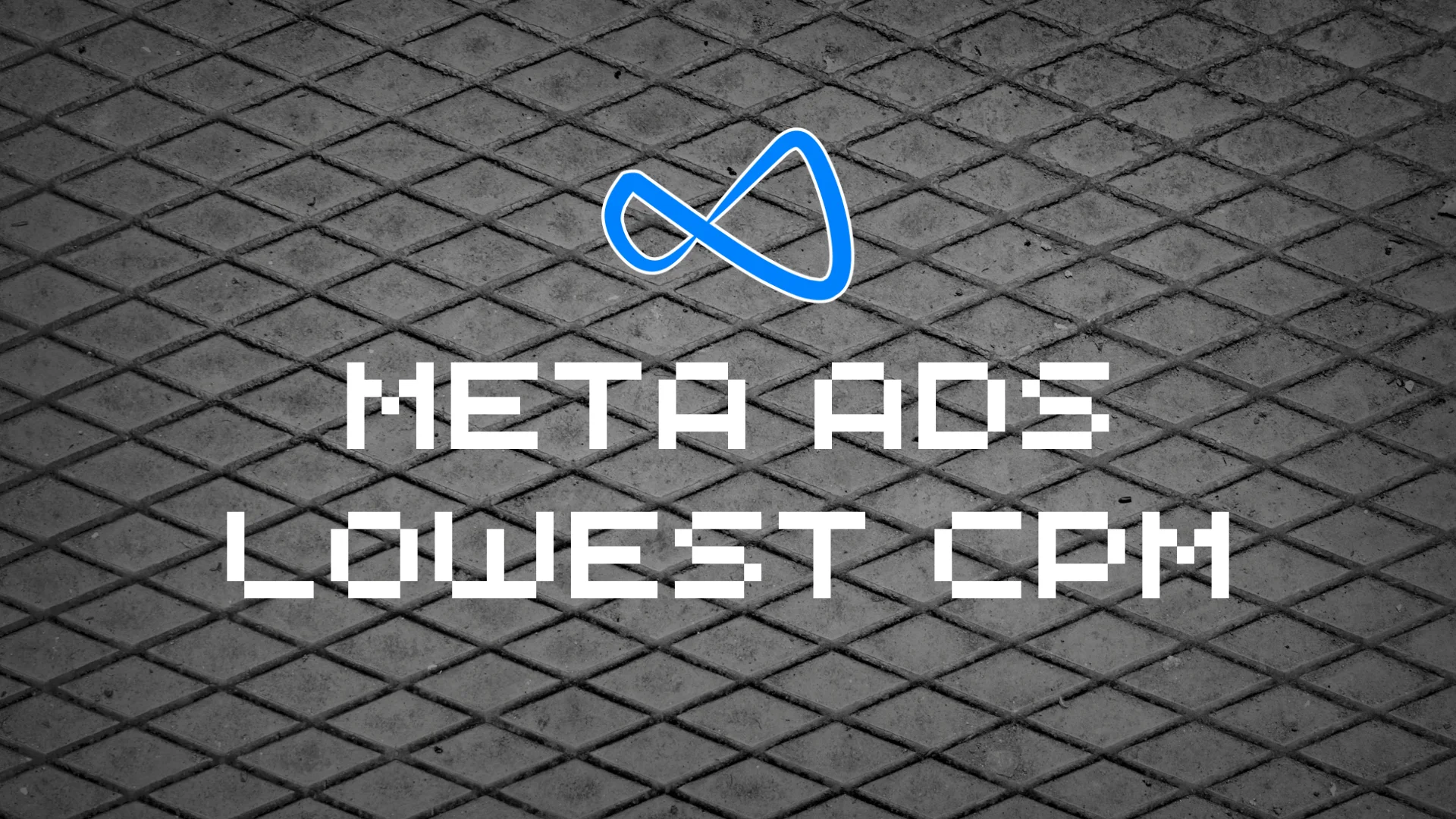Have you ever had to edit bad content? You know the kind. It doesn’t contain enough dots for you to connect. You can’t save it by asking the author a question or two. It’s that bad. But what if you can’t send a straightforward rejection email and throw it in the digital trash can? Maybe you have nothing to replace it on the editorial calendar. Maybe it includes a hard-to-get interview subject. Or maybe you need the author’s byline because they’re a subject matter expert or executive who expects to see their content on your channels. What’s an editor to do? These two routes will help you turn bad content into publishable content with or without the original writer’s help.
Coach the writer on creating a new draft
If you can work directly with the writer, do it. Yes, it can get awkward. After all, the writer didn’t think the content was terrible. But a coaching session will serve you and the writer better. If they’re on your internal content team (or work as a freelancer for your brand), coaching should lead to less (or no) bad content in the future. Tell them you appreciate the work that went into the content, but it hasn’t hit the mark yet. Invite them to work with you on the revision so they don’t waste time reworking it. If they refuse, move on to the reverse-engineering process described in the next section and communicate their refusal to their supervisor. If you’re the supervisor, don’t let them refuse the coaching — you can’t spend the time to reverse-engineer everything they create. Schedule at least an hour for the coaching session. It’s better to schedule a meeting than to do it in the moment. A coaching appointment communicates its importance, allows for uninterrupted time, and gives the writer time to review their content before the conversation starts. Here’s a helpful flow for the coaching session.
1. Check to see how well the writer understood the assignment. You could say, “Let’s make sure we’re on the same page about the content’s purpose.” Then, ask them to answer these questions in a sentence or two: What is this content about? Who is the intended audience? What should this audience learn or do after consuming this content? If their answers are the same as yours, move on to the next stage. If their answers differ, you’ve hit on the content’s biggest problem. Talk about the correct answers to these questions so you start the next step on common ground.
2. Investigate the why behind the draft. Ask the writer to give you a more detailed explanation of why they approached the story the way they did. Consider the headline, subhead, and supporting section, asking why the writer included it and how it helps the reader progress to the next point, section, etc. Encourage the writer to take notes during this analysis. Yes, this process takes time, but it serves several purposes. It requires the writer to give a reason for creating it or reveal they had none. It also allows you to share how you interpreted that content as the reader. Most importantly, it fosters a conversation about how well the specific content serves the article’s purpose and the point or topic addressed.
3. Ask for a new outline. With this input, the writer is well-prepared to craft an outline for the latest draft. At the top of the outline, they should type the answers to the earlier discussed foundational questions — why it’s being written, who the audience is, and what the audience should do after consuming the content. After they complete a new outline, review it with them until it flows logically, has sufficient supporting details, and is balanced. Now, they’re ready to write new — good — content. (Or at least the content will sufficiently connect the dots so you can edit it into good content.)
Reverse-engineer the bad content
Sometimes, you can’t work directly with the writer because they aren’t on your team. In other cases, you can’t make more demands on their time or expect them to be open to improving their content (think SMEs and executives). Instead, you’ll reverse-engineer the content. Here’s how:
1. Create a new document or file. Don’t try to rework the bad content into an outline in the original file. Open a new document. You’ll move back and forth between these documents, taking points from the bad content and incorporating them into a new outline. I don’t recommend deleting content from the original and pasting it into the new document. You could mistakenly delete something you didn’t paste but might need later.
2. Write a placeholder headline. In the new document, create a headline that addresses the content’s why and who (such as How To Craft Better Content for Your Marketing Program). Don’t spend time optimizing this headline. It’s just there to ground the outline’s purpose.
3. Highlight (and color-code) key points in the original document. Reread the bad content and highlight sentences or sections you’ll want for the new document. Color code the selections to help you organize the information in the new outline. Assign one color to each content role —blue for subtopics, green for points supporting a subtopic, and yellow for information supporting those points.
4. Copy the subtopics (blue highlights) to your new outline. These subtopics will become the Roman numerals in your outline. Tip: Don’t default to using the author’s H2s and H3s to guide your work. Their (flawed) structure could have contributed to the bad content.
5. Identify the points in the original document that support the subtopics (green highlights). Add them as bullet points under the section headers in the new outline.
6. Find any additional information in the original document that adds more detail to those supporting points (yellow highlights). Add it to the outline.
7. Review anything that wasn’t highlighted in the original document. Decide if any of that information is worth including in the new version. If so, add it to the new outline and highlight it with the appropriate corresponding color in the original document. If not, highlight it in red to indicate you’ve read and dismissed it.
8. Reorder and edit the sections and supporting points. Create a logical flow that leads the reader through your argument.
9. Ask: Would this outline lead to good content? If you answer yes, move on to the rewrite stage, whether that’s you or another writer. You’ll need to do further analysis if you answer no (and that’s likely because truly bad content can’t lead to a good outline).
10. Scrutinize the outline for gaps. If the second section leaps too far from the first section, what information is needed to build the bridge? Does every section have the proper supporting points? What additional information is needed?
11. Indicate where things are missing. Use italics or highlight them in a color you haven’t used yet to easily see where you’ll need to fill in the gaps.
12. Assess the outline’s balance. Does each section consume relatively the same amount of real estate? Or does the third section, for example, consume 80% of the outline? If one section dominates the outline, perhaps that’s the better angle to focus on and forget the rest. Or if one section is sparse, maybe it’s unnecessary. Your answers to these questions will help you revise the outline — and add the missing information — until it becomes a strong foundation. From there, you can write and edit to turn it into good content.
When you’re ready to publish, let the original author know so they won’t be surprised to see the rewrite under their byline. Send the final version with a note: “Thanks for your work on this piece. We put it through our standard editing process. If you have any questions, please let us know.” Usually, that straightforward approach elicits only thanks. If you get further questions, explain in a sentence or two why you opted to emphasize (or de-emphasize) elements of the original. You don’t need to send a litany of reasons for the editing changes.
One more tip to salvage bad content
As part of your content development process, require all writers to record their interviews and provide transcripts (or copies of their email or direct message interviews). Then, if they turn in bad content, you’ll have a fallback option to recreate the content without their direct involvement.
Source link
























